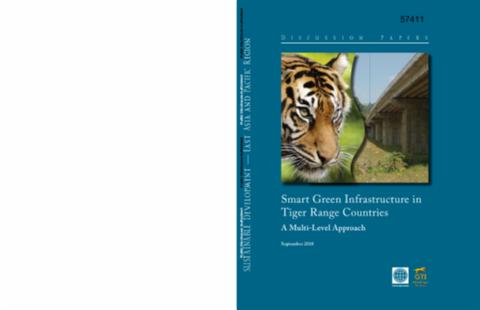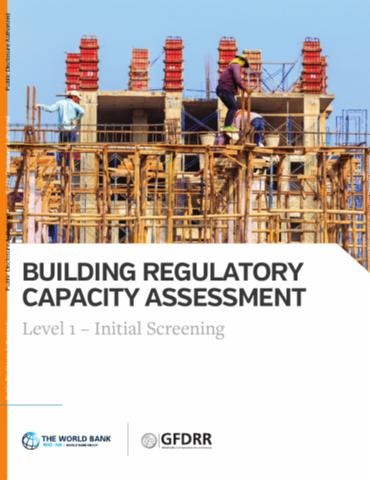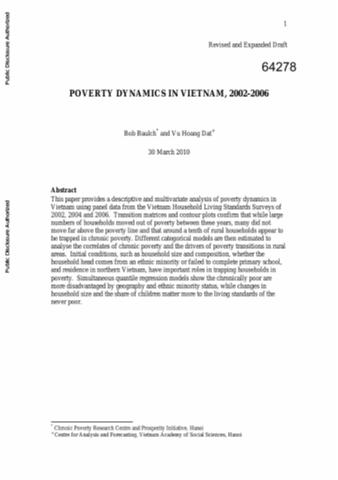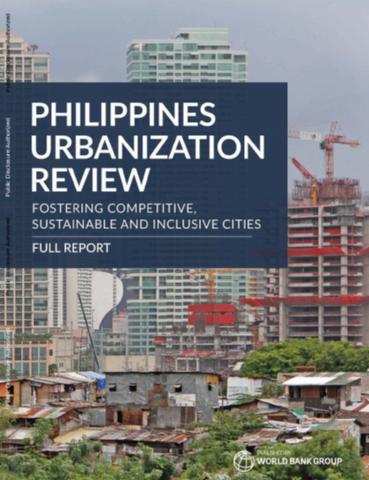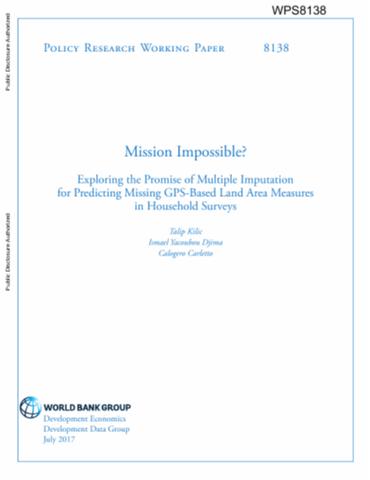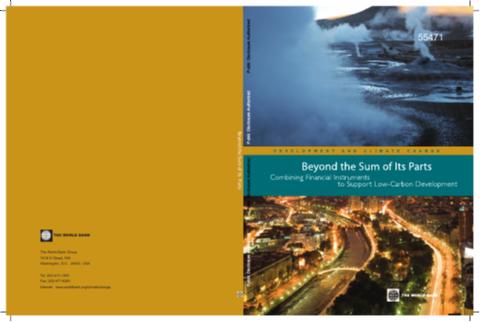
Topics and Regions
Details
Location
Contributions
Displaying 151 - 160 of 630Integrating Leading and Lagging Areas
Uganda's fast growth, which has averaged more than 7 percent during the past two decades, has helped reduce poverty the proportion of people living in poverty in the early 1990s has declined to less than half, from 56 percent to 24.5 percent by 2010. However, the reduction in poverty was uneven, and in some cases, poverty increased and inequality persists between and within regions. Partly driven by the uneven reduction in poverty, persistent inequality, and rising unemployment, Ugandan authorities have raised concern about the inclusiveness of Uganda's development.
Smart Green Infrastructure in Tiger Range Countries
This report presents the results of extensive work of the smart green infrastructure task force commissioned by the World Bank under the Global Tiger Initiative (GTI). The report benefited from advice, ideas, and information about tigers and tiger-friendly infrastructure development from staff at the World Bank, and from several institutions that promote tiger and biodiversity conservation throughout the world.
Mongolia Tourism Sector Policy Note
This report, Strengthening Management of Natural and Cultural Heritage Assets to Scale-up Tourism and Stimulate Local Economic Opportunity was prepared in March 2011.
Building Regulatory Capacity Assessment
Urbanization is simultaneously a major driver of development, wealth creation, and poverty reduction, as well as one of the most pressing challenges of the 21st century. The building regulatory capacity assessment provides an important contribution to help cities and project managers working with development agencies to implement this last priority by offering a new resource to assess building and land use regulatory systems, and facilitate the collection of critical information about the building regulatory framework in any given city or country.
Poverty Dynamics in Vietnam, 2002-2006
This paper provides a descriptive and multivariate analysis of poverty dynamics in Vietnam using panel data from the Vietnam household living standards surveys of 2002, 2004, and 2006. Transition matrices and contour plots confirm that while large numbers of households moved out of poverty between these years, many did not move far the poverty line and that around a tenth of rural households appear to be trapped in chronic poverty. Different categorical models are then estimated to analyze the correlates of chronic poverty and the drivers of poverty transitions in rural areas.
Philippines Urbanization Review
Urbanization is a driving force for growth and poverty reduction. Globally, over 80 percent of economic activity is concentrated in cities, and cities are essential for lifting millions of people out of poverty through the opportunities that density and agglomeration can bring with jobs, services, and innovation. However, if not carefully managed and planned for, the benefits of urbanization are not realized and can result in congestion, slums, pollution, inequality and crime. City competitiveness is an important part of successful urbanization.
Mission Impossible?
Research has provided robust evidence for the use of GPS technology to be the scalable gold standard in land area measurement in household surveys. Nonetheless, facing budget constraints, survey agencies often seek to measure with GPS only plots within a given radius of dwelling locations. Subsequently, it is common for significant shares of plots not to be measured, and research has highlighted the selection biases resulting from using incomplete data.
The Effects of Rice Export Policy on Regional Income, Prices and the Poor
A 'bottom up' regional Computable General Equilibrium Model (CGE) model for Vietnam is constructed for 28 commodities and 8 regions (using a GSO input-output table for 2005). The model is used to analyze the recent dramatic increases in the world price of rice on the regional economy of Vietnam, and the Vietnamese policy response to limit exports.
Beyond the Sum of Its Parts
The world development report 2010 estimates that an additional $200 billion per year of climate-related financing is needed in developing countries between now and 2030 to keep global average temperature rise within 2 degrees Celsius. Developing countries face increased financing challenges over coming decades as they seek to pursue economic development along a lower emission trajectory.
Assessing the Environmental Co-Benefits of Climate Change Actions
This internal background paper has been prepared to help inform the 2010 environment strategy with respect to a proposed way forward on use of country systems. The World Bank Group environment strategy is built on three pillars: leveraging natural resources for growth and poverty reduction; managing the environmental risks to growth and development; and transforming growth paths. As part of its exploration of these three pillars, the strategy considers the question of environmental co-benefits of climate change actions.


